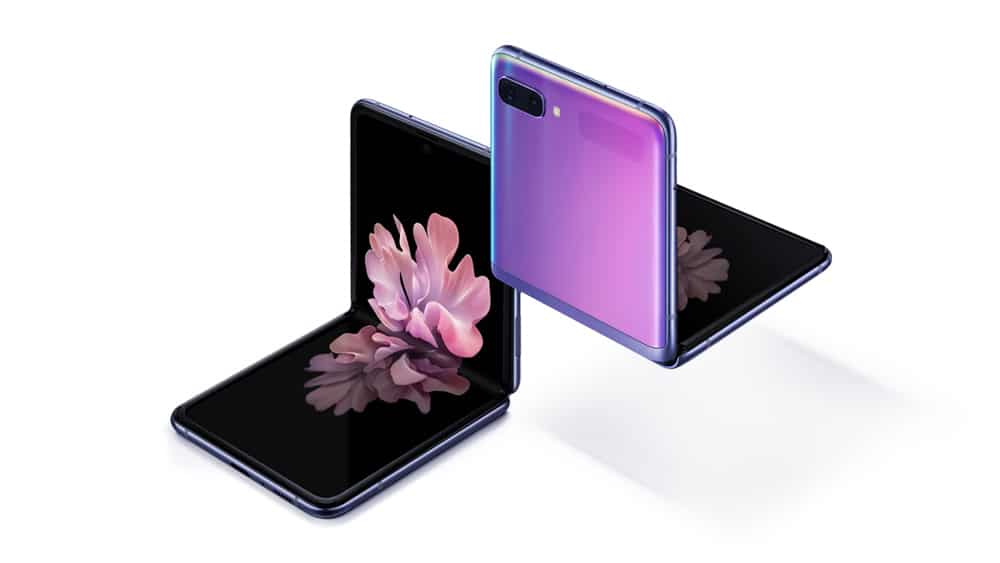It’s been a tough few years for Samsung in the India handset market, where it has struggled to keep pace with or beat back competition from Chinese rivals such as Xiaomi, Vivo and Oppo. The first signs of vulnerability came when Samsung lost the smartphone crown to Xiaomi in the September quarter of 2017. In July-September 2019, it was pushed to No. 3 in smartphones by another Chinese player, Vivo. In the same quarter, Samsung also lost its top position in the overall India market – smartphones and feature phones – to Xiaomi, after some nine years at the top. Xiaomi though only sells smartphones. Meanwhile, Oppo and Realme are breathing down its neck.
“The gaps in Samsung’s portfolio have provided opportunities for other smartphone brands, especially new market entrants, to strategise, spot the gaps, and leverage market opportunities,” said Prabhu Ram, head of the industry intelligence group at CyberMedia Research (CMR).

“Samsung has technological leadership in foldable smartphones and holds the edge with its new premium 5G and 4G offerings,” Ram said. “Lastly, it has a deep mastery of the offline market segment that is critical to fuel the next wave of smartphone growth. Samsung’s Make in India moves also enable it to offer more India-specific customizations for Indian consumers and roll out new offerings swiftly.”
Samsung will look to boost its offerings in the premium segment this year at various price points, ranging from uber-premium foldable phones to premium flagship handsets. It needs to complement this with aggressive marketing, across both online and offline platforms, said Ram.


